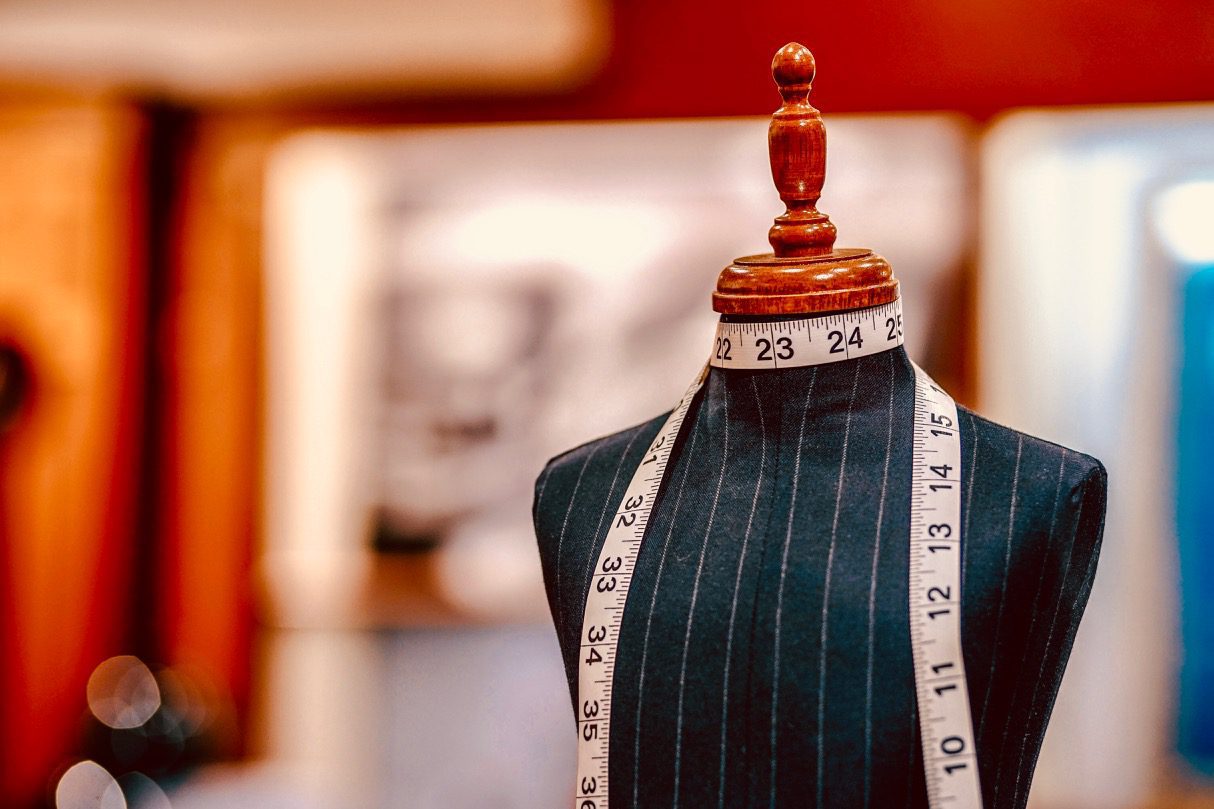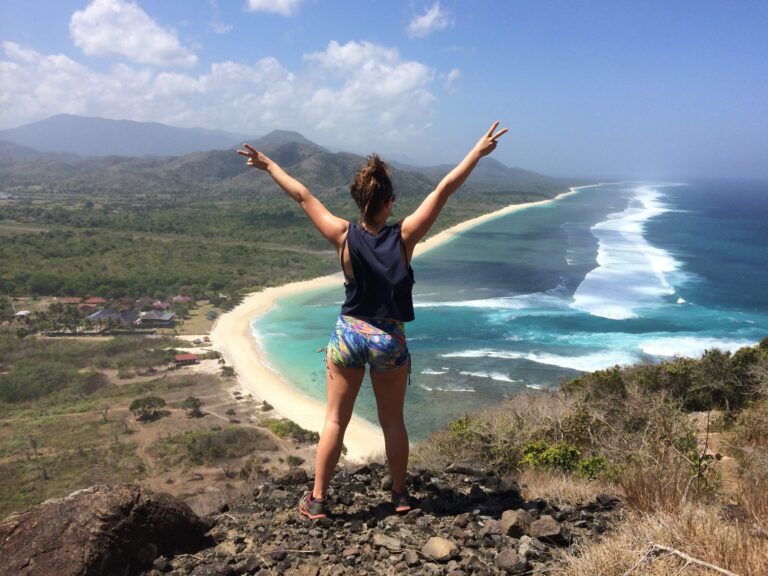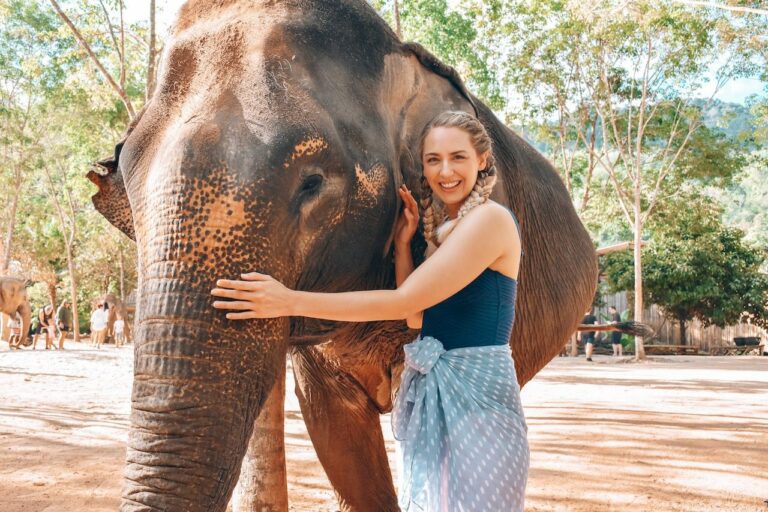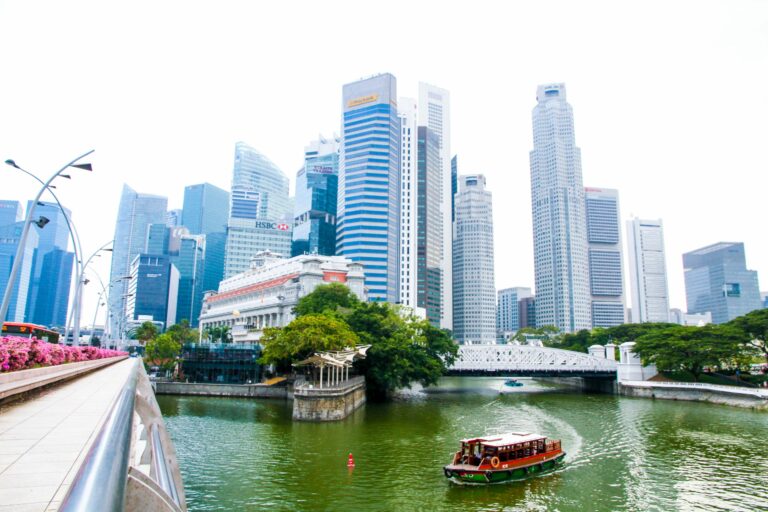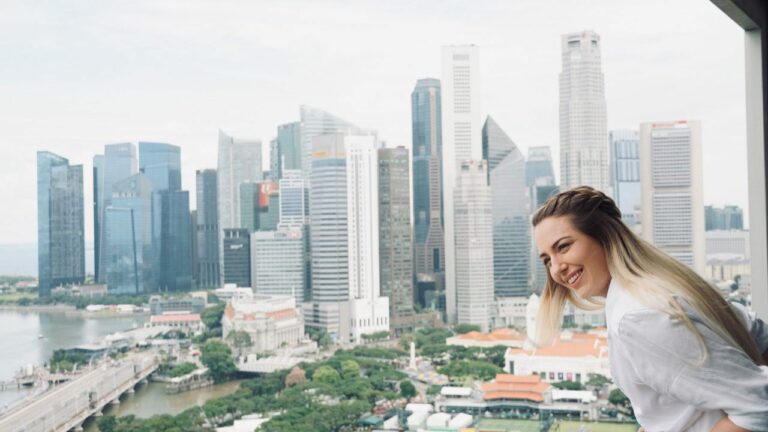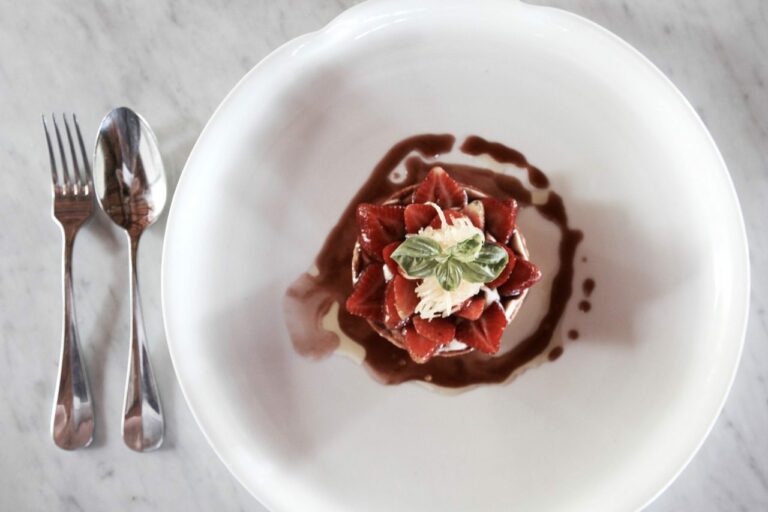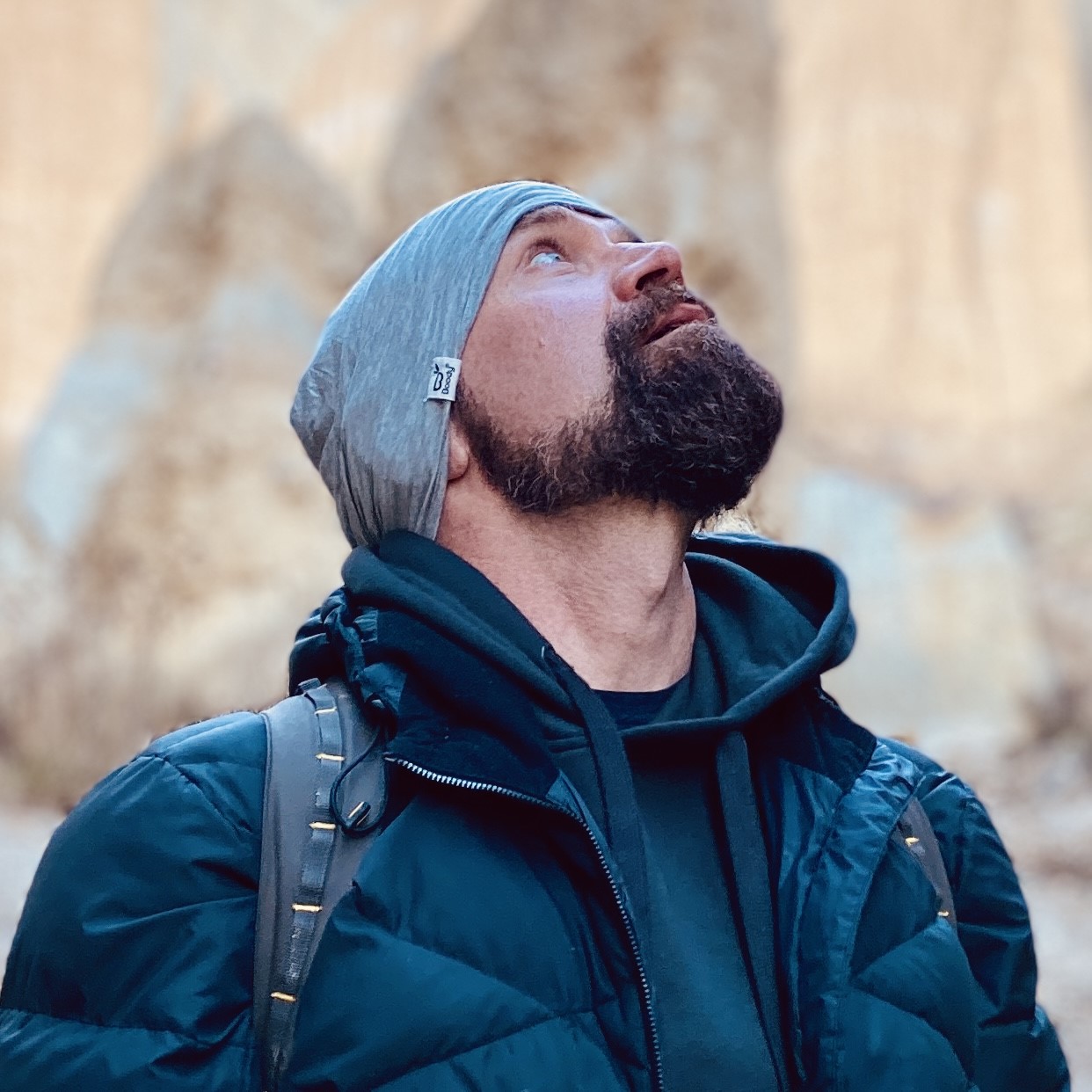I’ve been lucky enough to visit Vietnam a few times and it remains one of my favourite destinations in South-East Asia. It has a distinctly peaceful vibe to it, a relaxing atmosphere that should feel strange given the constant buzzing of scooters and local chatter on the streets. All the same, it’s incredibly peaceful and the locals know just how to make you feel incredibly welcome and at ease. You’ll be greeted with big, warm smiles and genuine interest in your travels. If that isn’t enough just wait until you try the food. It’s everything salty, sweet, sour, bitter and spicy, the perfect combination of flavours! To help you get your Vietnam plans sorted, here’s my guide to what you need to pack for your trip.
But first, watch this…
You might also like to read:
- How to choose a great Halong Bay cruise
- Everything you need to know about visiting Hanoi
- Everything you need to know about visiting Hoi An
Best time to visit Vietnam
The most popular time to visit Vietnam is during the spring season, February through to April, and autumn season, August through to October. This is when you’ll find the weather to be gorgeous and warm, without being too hot or too cool. You’ll also find there’s less rain at these times of the year. If you’re planning on visiting destinations in the north of Vietnam, like Sapa and Hanoi look to visit from October through to December. If you’re planning on visiting destinations along the coastline, like Hue and Nha Trang, look to visit from January to July. For destinations in the south of Vietnam, like Ho Chi Minh, November through to February are your best bet.
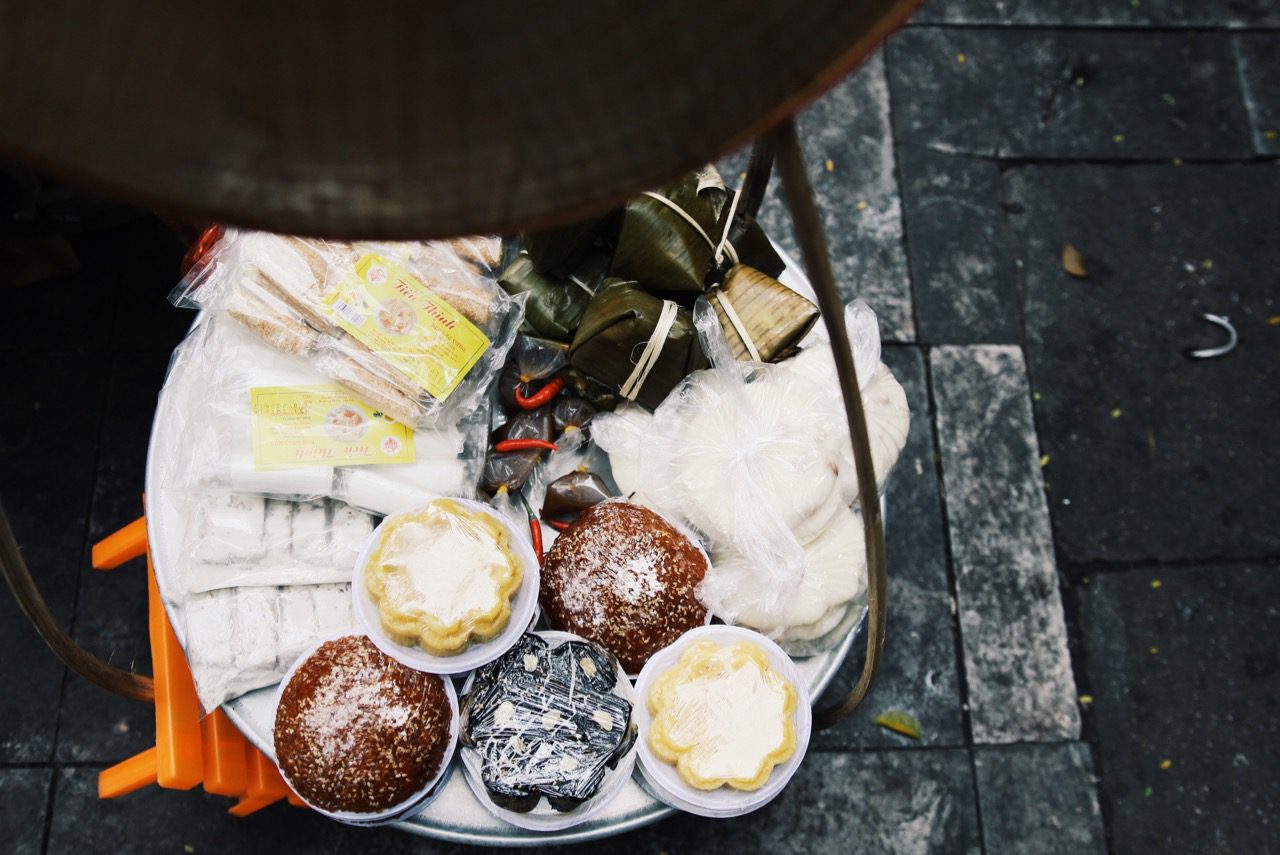
Clothing and footwear you’ll need for Vietnam
On both of my trips to Vietnam, I found the weather to be really pleasant, rarely getting too hot or too cool. That said, things can get a little muggy when the humidity kicks in. You’ll also need to keep in mind you’ll need to pack a variety of clothes for the different regions you plan on visiting. Hue, for example, can get particularly chilly in the evenings while you’ll live mostly in swimwear in Da Nang.
It’s also important to remember that Vietnamese culture is a conservative one, so it isn’t respectful to wear super revealing shorts, mid-riff baring outfits, and very low-cut tops, for example.
- Pack plenty of breathable cotton shirts, shorts, and skirts
- I’d recommend packing flowing cotton skirts and cotton dresses, preferably mid-thigh and longer
- Consider packing vest/singlet tops as well as t-shirts and blouses too, if you like
- Make sure you pack comfortable footwear as you’ll spend a lot of time walking; you’ll need a pair of sneakers as well as comfortable flats and sandals
- I recommend you bring a hat or two as well as sunglasses and sunscreen
- You should also pack an umbrella, not just for the rain, but to shield you from the sun if you’re out for long periods of time
- Be sure to pack your swimwear, kaftans and any other beach-appropriate gear if you’re heading to coastal areas
- You may want to pack a few ‘nice’ outfits for special dinners or nights out, there are some really gorgeous outdoor restaurants to experience
- If you’re visiting the northern parts of Vietnam, consider packing a light jumper, cardigan or scarf to cover your shoulders as the evenings get quite cool. Depending on the time of year you visit, you may also need to pack warmer gear and jeans.
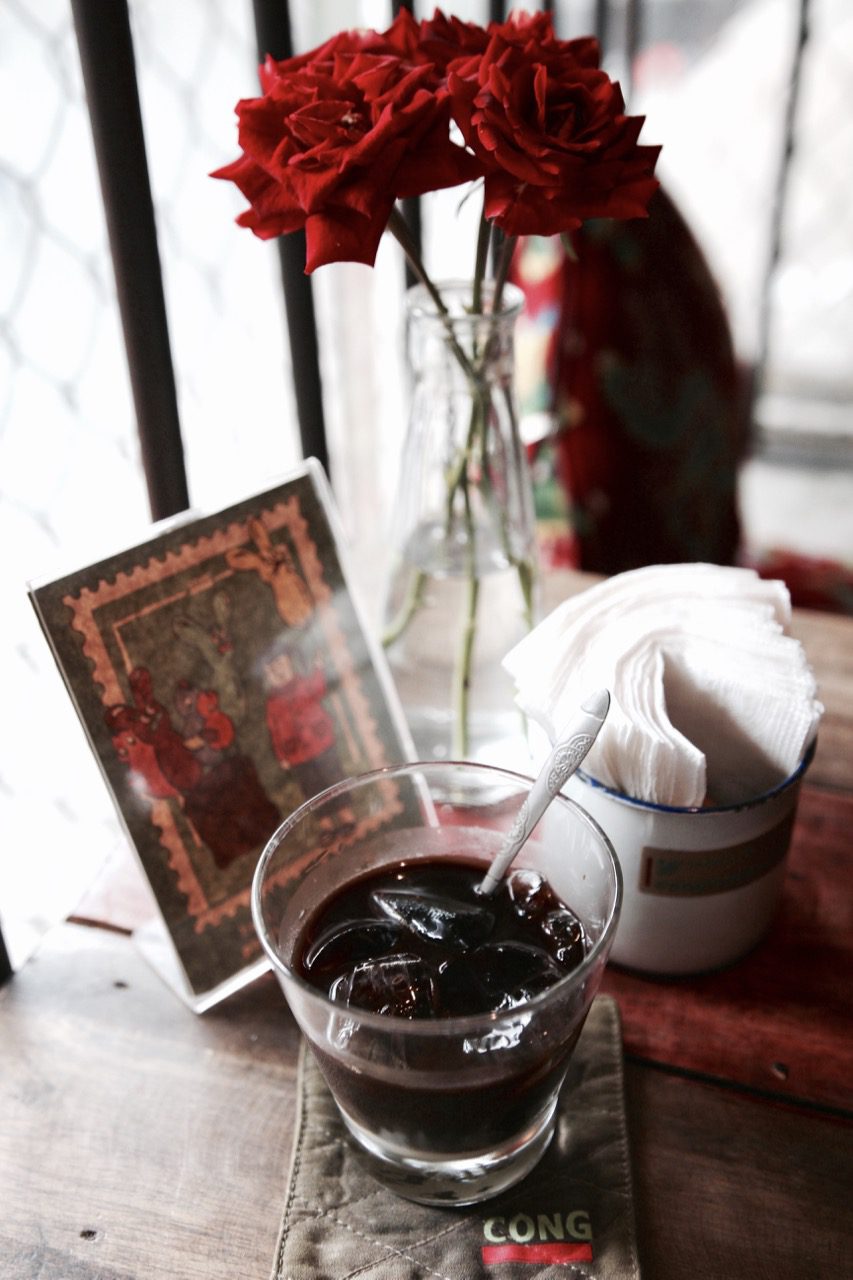
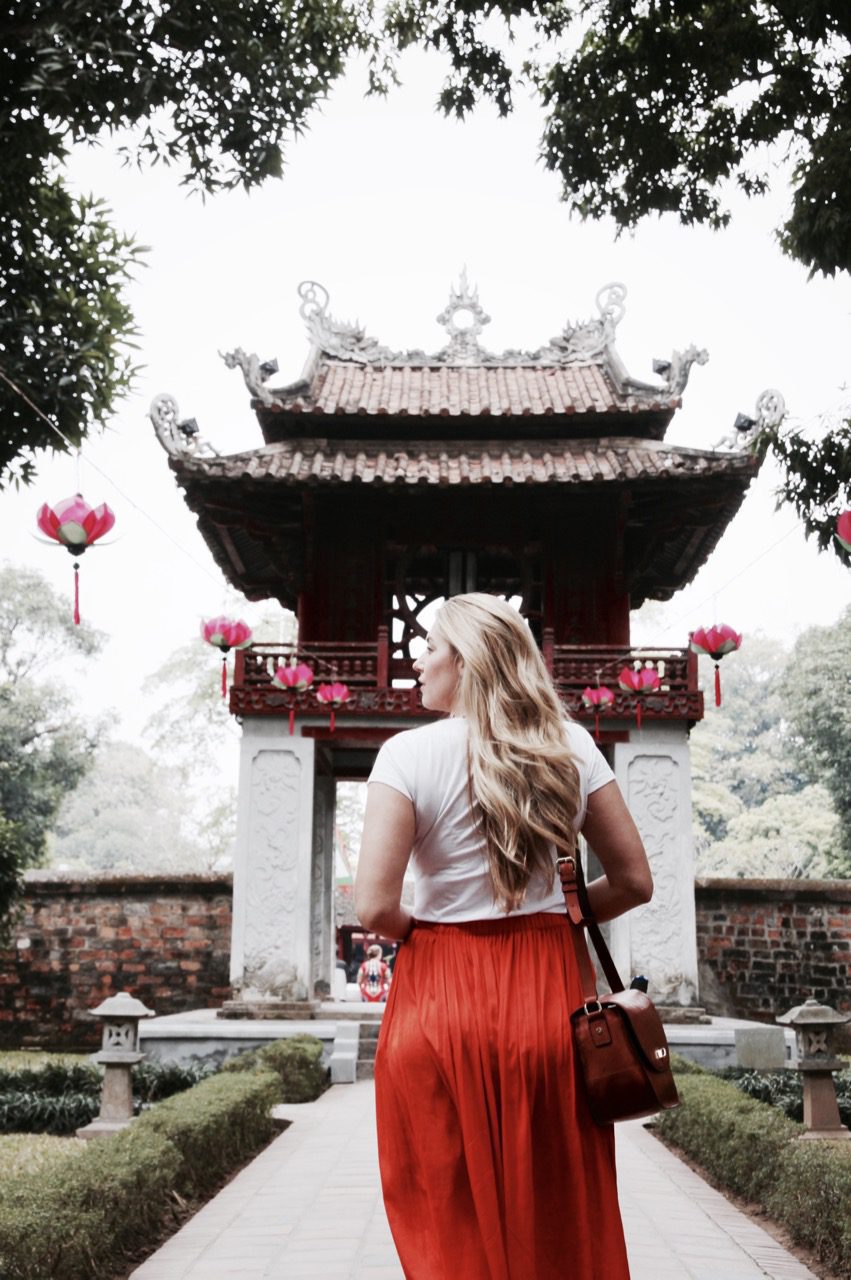
What to pack
Charging station
You’ll need a power converter to ensure you can recharge your camera, phone and other electronics. Here’s a look at the type of power plug & outlet type they have in Vietnam. I always pack a power-board with me so I can charge my iPhone and cameras while using my laptop and only need one converter. Yep, I’m a technology addict. If you forget a converter you can buy one there pretty cheap, so don’t stress. Find Power Boards here and Find Power Converters here.
Hair products
Be sure to pack a few strong hair ties as well as some hairspray and bobby pins so you can tame those wild flyaways caused by the humidity and sleek your hair back into a ponytail or bun if the humidity starts to kick in. Otherwise, I mostly wore my hair out and found it to be not too annoying.
Medicine
I pack a little medicine bag which includes Imodium/something for an upset tummy, paracetamol and ibuprofen for headaches or injuries, loads of band-aids, sleeping pills, valium in case of a bad anxiety/panic attack, eye drops, cold and flu medicine, throat lozenges, travel sickness medicine, hand sanitiser and ginger tablets. People who suffer from hay fever, asthma or other allergies may find the pollution causes them to play up, so keep that in mind. Find Medicine Bags here.
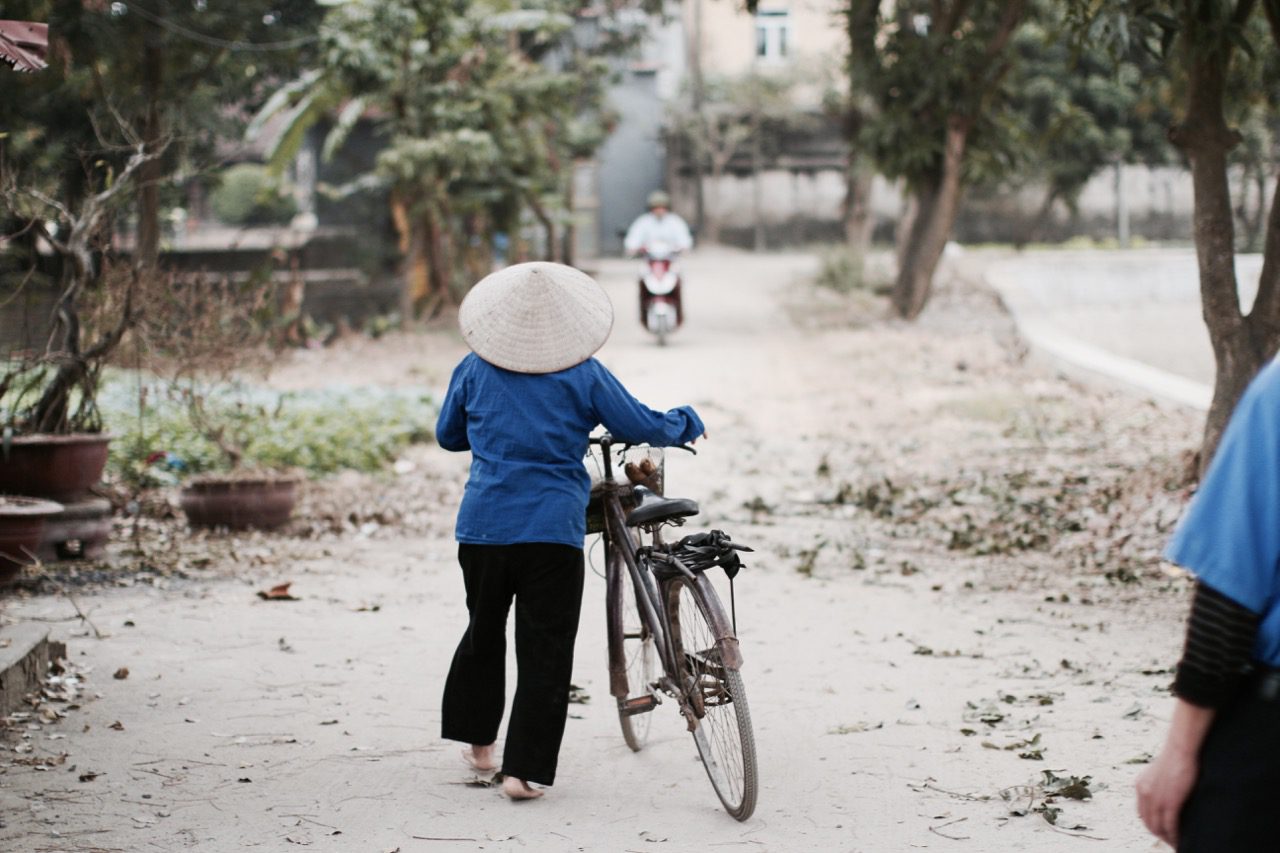
Sun protection gear
You’ll definitely need sunglasses, a hat and sunscreen with high SPF to protect you from the sun’s harsh rays. I don’t leave the hotel without putting this on my face and this on my body. Remember, sunscreen is only as good as its user and it’s up to you to reapply during the day to ensure you don’t get burned. Remember, cloudy days mean U.V rays!
Bug spray
Be sure to throw in some super strong bug spray as the mosquitos can be quite savage, especially if you’re visiting the northern parts of Vietnam.
Hand sanitiser
Uh oh, I hate to be that tourist, but hand sanitiser is essential no matter where you are, even if you’re in your hometown. You never know when you’ll unexpectedly touch something sticky, hairy, wriggly or gross, so be prepared and have some hand sanitiser with you.
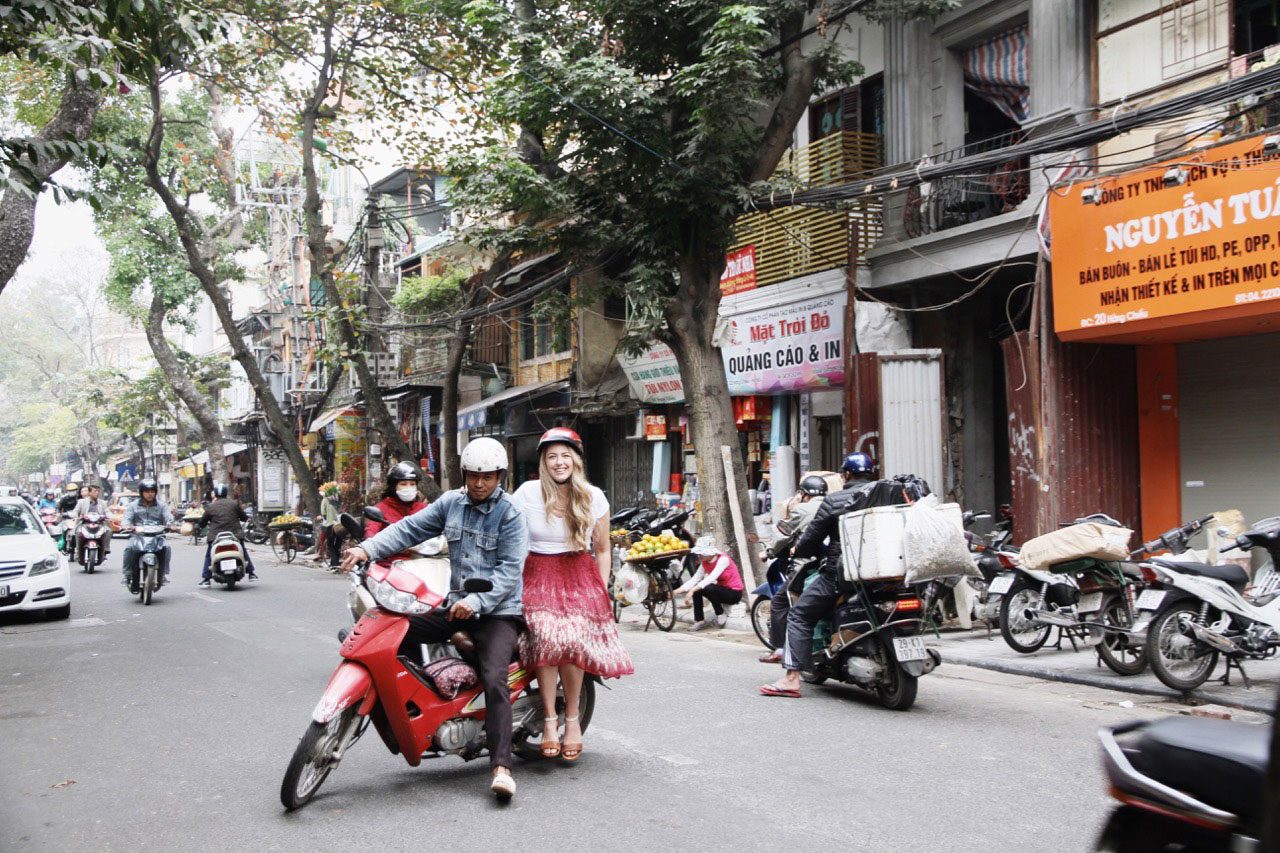
Tissues
You need to carry tissues with you at ALL times because there’s no guarantee there will be any in the toilets you use. This applies to public toilets as well as rest stops, service stations, hotels, and cafes. Be prepared!
Your essentials
Pack your beloved brand-name essentials like cosmetics, electric toothbrush heads and feminine hygiene products. Also, pack your environmentally friendly products and products for sensitive skin, as it may be difficult to get your hands on these while you travel. Don’t waste money on travel minis, use refillable 100ml bottles instead! I often fill up those black pots from Lush with my products as they’re reusable and under the 100ml limit.
Daypack
Make sure you have a great pack for your daily adventures. You’ll need something that fits your essentials, like a camera, wallet, snacks etc. It also needs to be comfortable, you don’t need a bag that pulls on your shoulders and gives you a sore neck! It’s important to note Scooter Pirates are present in Vietnam, so it is possible for someone to scoot past you and take your bag with them. Be sure your daypack can be securely attached to your body with clips, for example. You might like to read my guide on How to avoid these 12 common scams in South East Asia.
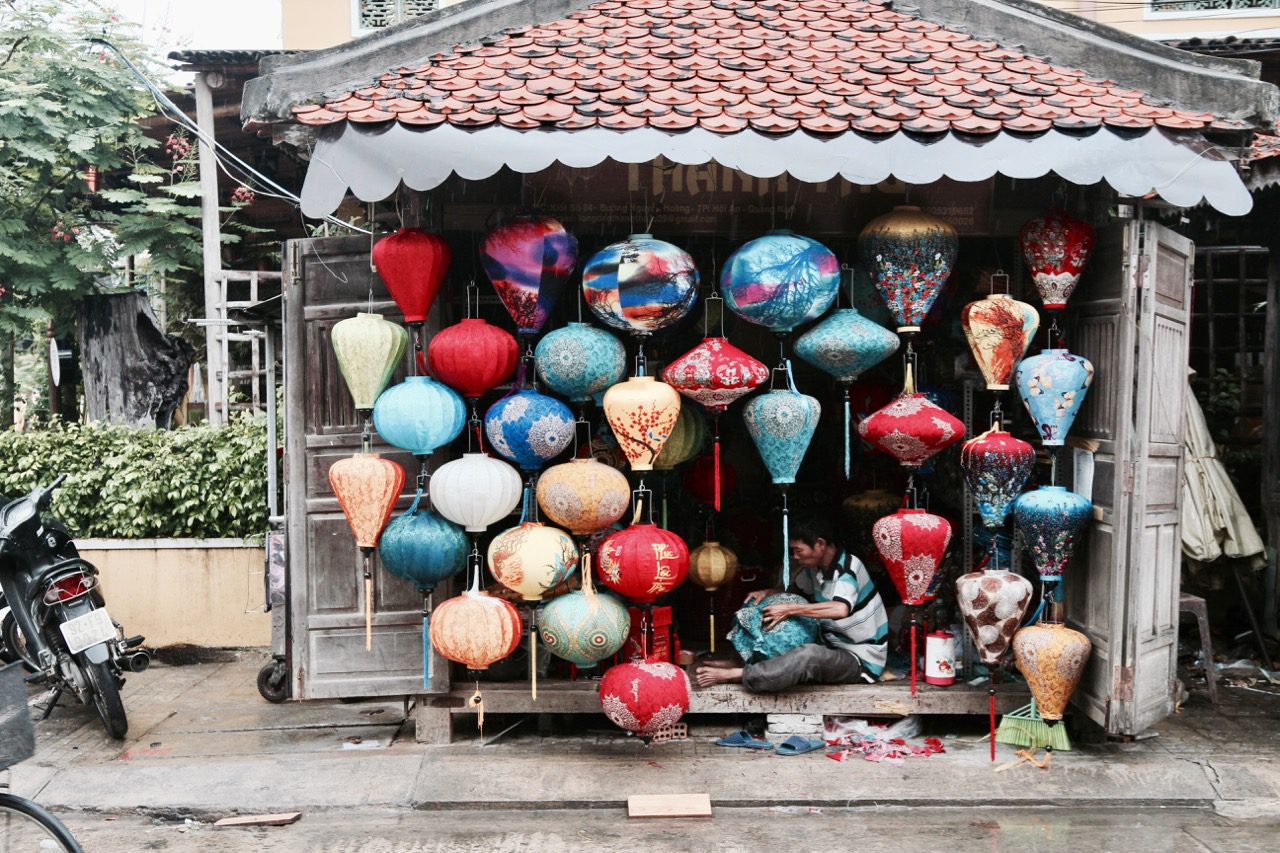
Packing hacks and tips
A few tips and tricks to help you hack your packing!
Eco-friendly bags
Stash some eco-friendly bags and reusable sandwich bags in your luggage, they come in so very handy for storing dirty shoes and clothes as well as bars of soap, wet swimwear or leaky toothpaste tubes!
Tupperware
I use Tupperware or similar hard plastic containers to put all my toiletries in. This ensures no leaks will destroy my clean clothes and makes it really easy for me to grab my toiletries in one easy swoop, keep them together in the hotel and makes re-packing easier too. I also use a small container for all my jewellery and another one for electronics like adaptors, cords and chargers. It keeps me organised and stops me from losing things!
Laundry bag
I also pack a laundry bag in my luggage. It just helps me keep track of what’s clean and what definitely isn’t. We’ve all experienced the pain of getting bits and pieces confused and losing track of how many clean outfits you have left, then missing some vital pieces when you put your laundry in.
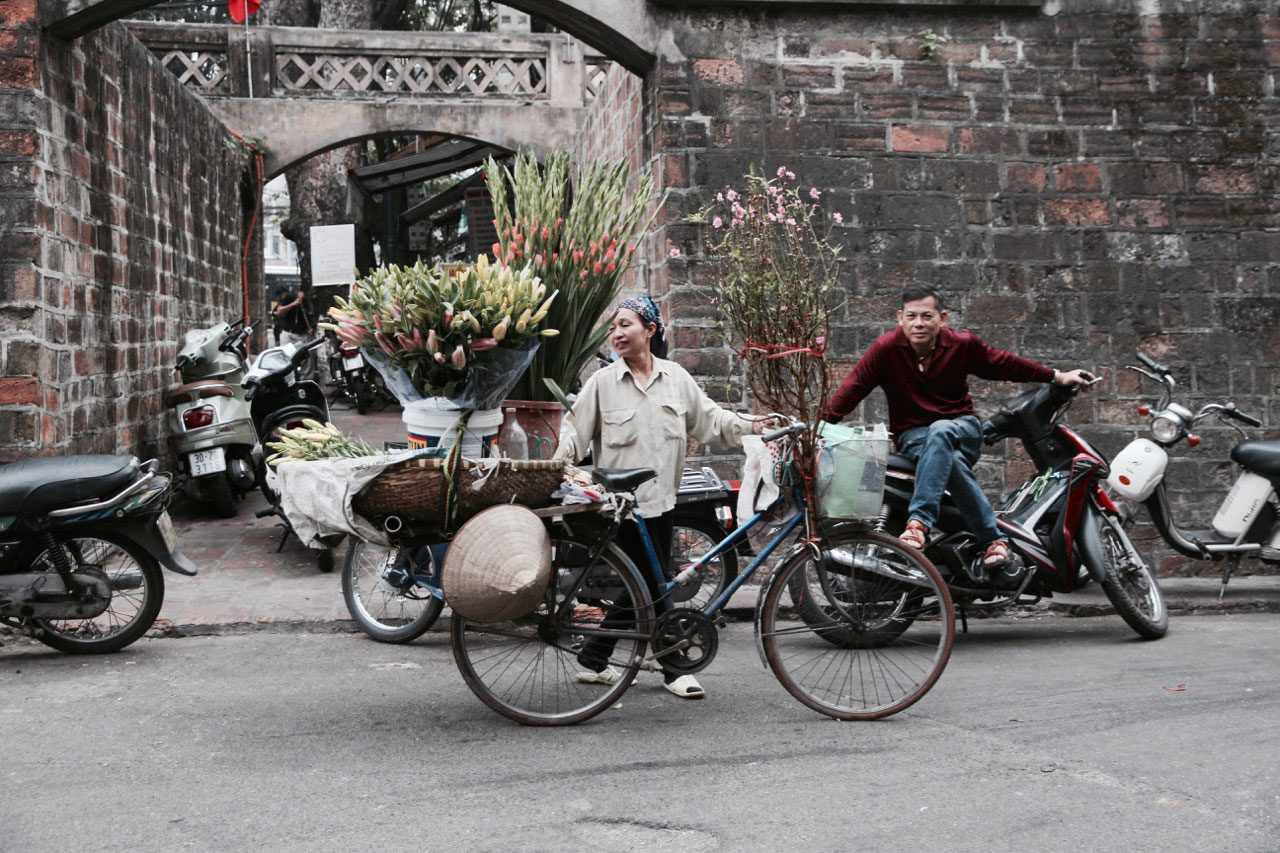
Dryer sheets
Put dryer sheets in your suitcase to keep your clothes smelling good throughout the whole trip. If you don’t have dryer sheets, a few drops of essential oil on a tissue, laid flat in-between layers of clothes, works wonders. I also have a little bottle of spray which instantly freshens up clothes, it’s from The Laundress and it’s amazing! No musty-smelling clothes for you, my friend.
Local currency
Just be sure you have a little bit of local currency on you, to get you through the first few days after you arrive, on the off-chance, you have trouble taking money out or lose a card. It’s also important to let your bank know where you’re going, so they don’t freeze your account when you take money out overseas for the first time. You also might like to read this post on 12 Amazing apps and websites to boost your travel game!
Get connected with a local SIM card from Simify.
Get it delivered before you leave home, ensuring you’re able to connect and navigate as soon as you arrive + find great things to do on the go!
Best travel resources for your trip!
If you found this post useful, please use the affiliate links below. I’ll make a small commission at no extra cost to you. Rest assured, these are the products and services I love and use. Read the disclaimer for more information. Thanks for your support! – Matt.
Agoda – hotels
Booking.com – hotels
Cover-More – insurance
DiDi – rideshare
Motorhome Republic – RVs
Discover Cars – rentals
Simify – SIM cards
Skyscanner – flights
Surfshark – VPN
TourRadar – tours
Welcome Pickups – transfers


